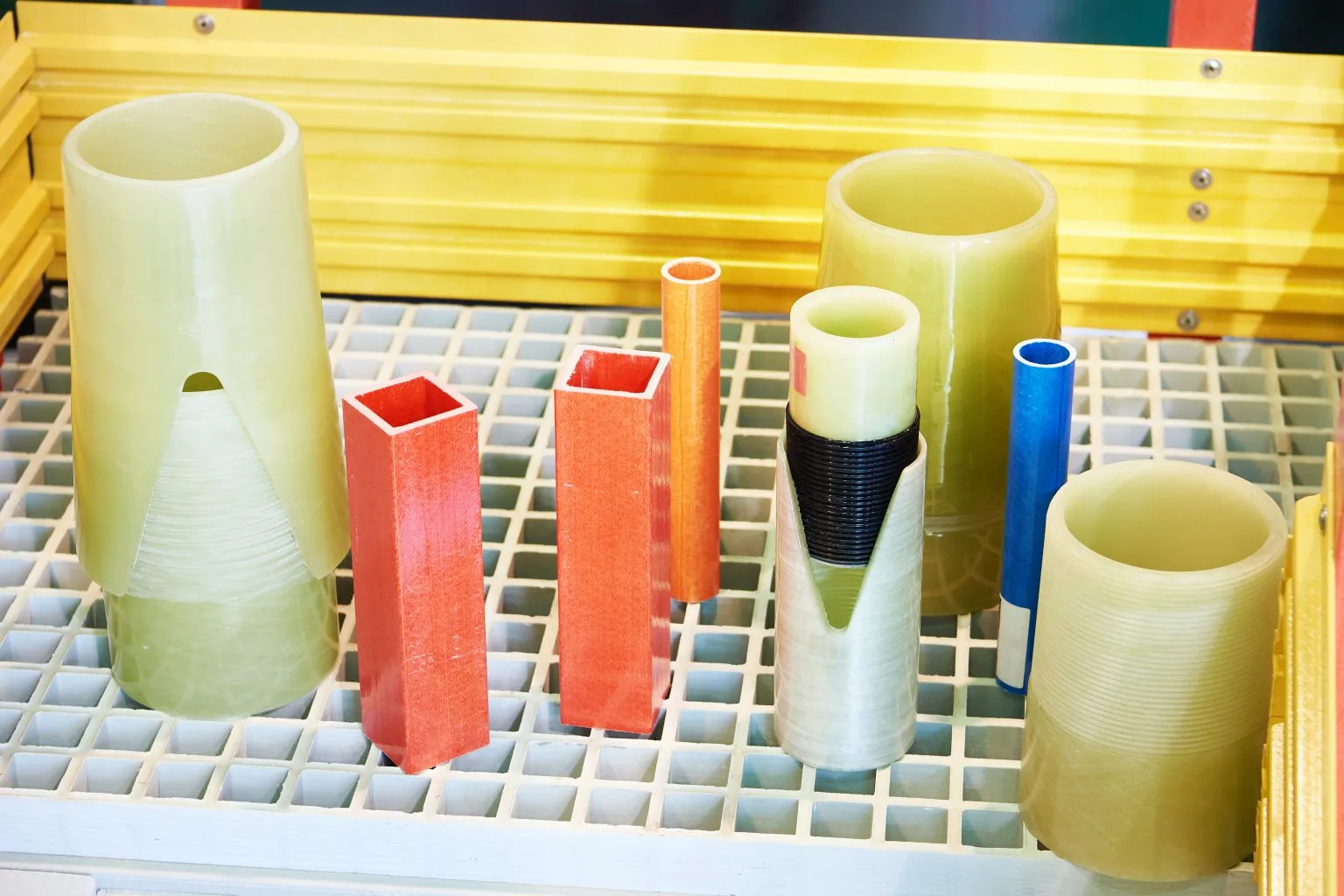Introduction
Fiber-reinforced polymer (FRP) composites have surged in popularity for everything from bridge retrofits to chemical-plant grating. They’re light, corrosion-proof, and impressively strong—but that doesn’t make them trouble-free. Knowing the key disadvantages of FRP helps builders weigh true life-cycle value, specify protections, and avoid costly surprises. Below are the five drawbacks that show up most often on job-site punch lists—plus practical ways to plan around them.

disadvantages of frp
1. High Up-Front Cost
“On an initial cost basis, FRP grating can run 1.5 – 2 × the price of comparable steel grating.”
That premium stems from specialty resins, continuous fibers, and low-volume manufacturing. For capital-tight projects, the sticker shock alone can nullify long-term savings from reduced maintenance.
How to mitigate
Run a life-cycle cost analysis that factors corrosion, repainting, and downtime for steel or concrete alternatives.
Bundle orders across multiple projects to leverage volume pricing with manufacturers.
Specify commodity glass-fiber systems when extreme strength isn’t required.
2. Brittle, Sudden Failure
Unlike ductile steel—which yields, deforms, and gives crews visual warnings—FRP behaves elastically right up to the moment it fractures. Case studies on FRP-strengthened concrete beams highlight “increased susceptibility to brittle failure” compared with steel reinforcement.
Why it matters
Little to no visible cracking before catastrophic break.
Dynamic loads (wind gusts, vehicular impact) can trigger snap-fail events.
Post-failure pieces may splinter into sharp shards.
Smart design moves
Introduce redundancy (e.g., secondary steel angles) for critical members.
Use real-time strain monitoring sensors on FRP tendons in high-risk zones.
Follow conservative partial-safety-factor limits from ACI 440 or ISO 14484 guidelines.
3. UV and Temperature Sensitivity
Resins can chalk, micro-crack, or discolor under intense sunlight. A 2025 FRP-fan market survey calls UV degradation “a primary restraint,” noting that many products require special top-coats to hit 25-year service lives. Elevated temperatures (>65 °C/150 °F) also soften polyester matrices, slashing load capacity.
Field-tested precautions
Specify UV-stabilized vinyl-ester or phenolic resins for exterior installs.
Apply 2-part aliphatic polyurethane coatings every 10–15 years in sun-belt regions.
Verify resin glass-transition temperature (Tg) is at least 20 °C above expected service max.
4. Inspection, Repair, and Skilled-Labor Hurdles
Finding “hidden” delaminations or fiber buckling calls for thermography, ultrasonic C-scans, or acoustic tapping—none of which a typical site crew keeps on hand. When damage is confirmed, repairs demand vacuum-bag lay-ups, heat blankets, and trained composite technicians.
Cost hits you’ll face
Equipment rental or NDT subcontractor fees.
Traffic lane or plant shutdown time during scans.
Premium labor rates (often 25–40 % higher than conventional welding or patching).
Risk-reduction tips
Build an inspection schedule into the maintenance spec before bidding.
Stipulate that vendors supply field-repair kits and crew training.
Use bolted, replaceable FRP panels in high-impact areas so entire modules can be swapped out.
5. End-of-Life Recycling & Code Limitations
A 2024 comprehensive review flagged recycling as “a serious challenge” because mixed resins and fibers are hard to separate; most retired FRP ends up landfilled or incinerated. Regulatory frameworks lag, too—only a handful of design codes (e.g., ACI 440 for concrete) exist, and they remain conservative.
Implications for owners
Sustainability scores may suffer in ESG audits.
Some municipalities restrict FRP disposal, adding extra fees.
Engineers must lean on performance testing rather than prescriptive specs, raising design costs.
Forward-leaning solutions
Source FRP with thermoplastic matrices that can be melted and re-molded.
Register projects with reuse marketplaces that reclaim scrap for secondary products (e.g., FRP fenders).
Participate in standards committees so future editions reflect field data and allow higher design stresses.
Conclusion
FRP can be a game-changer where weight, corrosion, or magnetic neutrality demand something beyond steel or concrete. Yet the disadvantages of FRP—higher initial cost, brittle behavior, environmental sensitivity, tough inspections, and recycling gaps—stay real and costly if ignored. By pricing whole-life value, detailing redundancy, adding UV/Tg margins, planning for NDT, and advocating for better recycling, builders can capture FRP’s benefits without being blindsided by its pitfalls.
Was this breakdown helpful?
Share your experiences with FRP in the comments, or reach out for a tailored cost-benefit analysis on your upcoming project. If you found value here, pass the article along to a colleague and subscribe for more practical materials insights!
 info@unicomposite.com
info@unicomposite.com


























